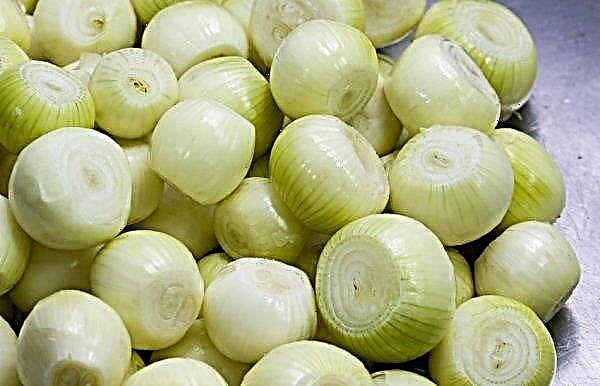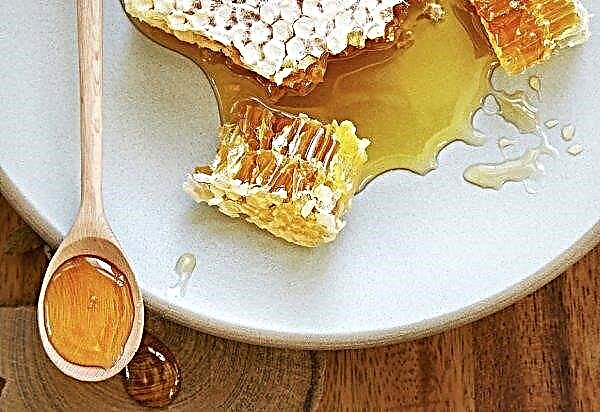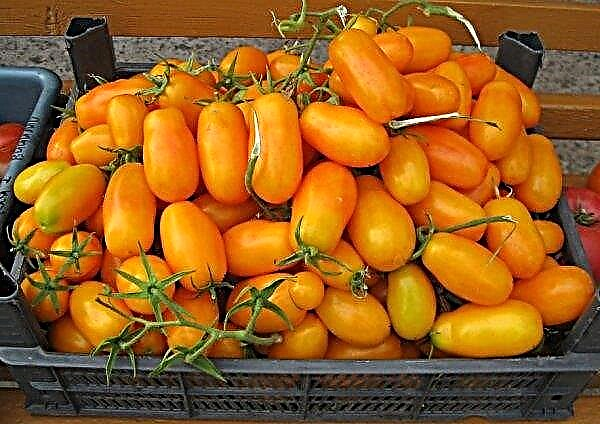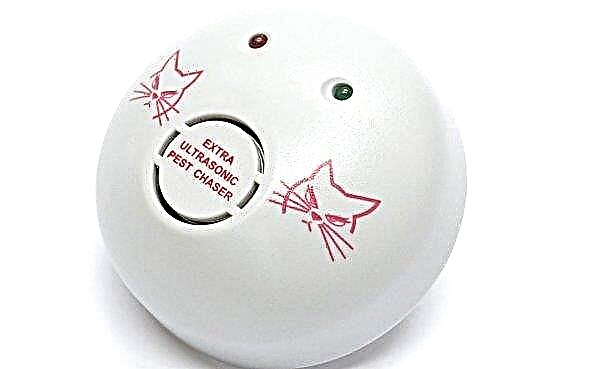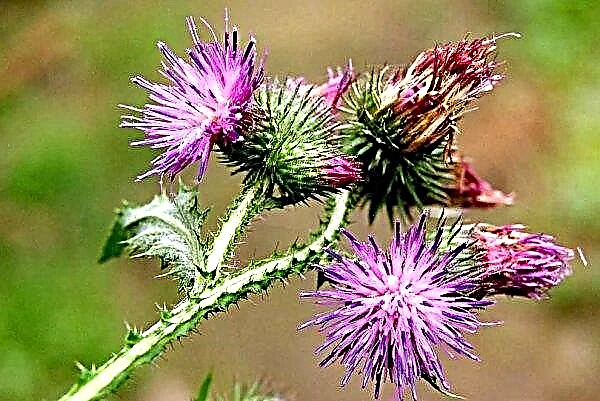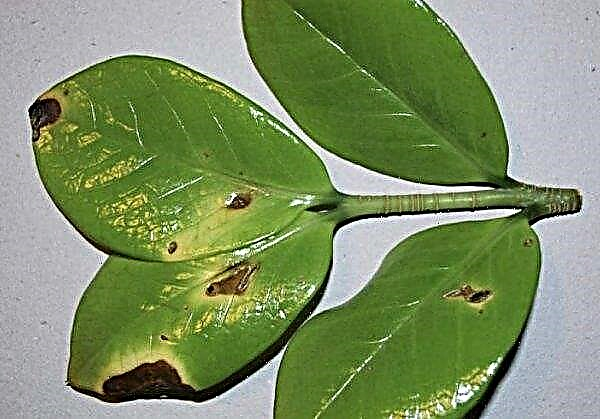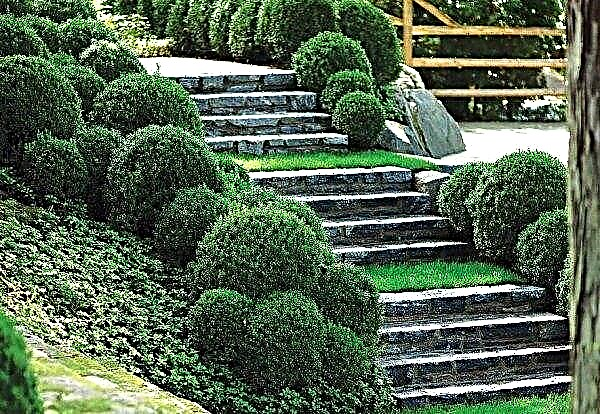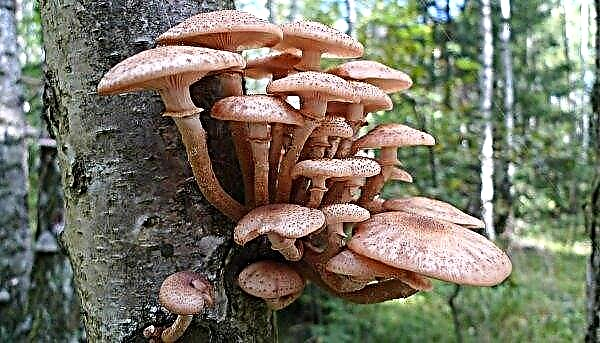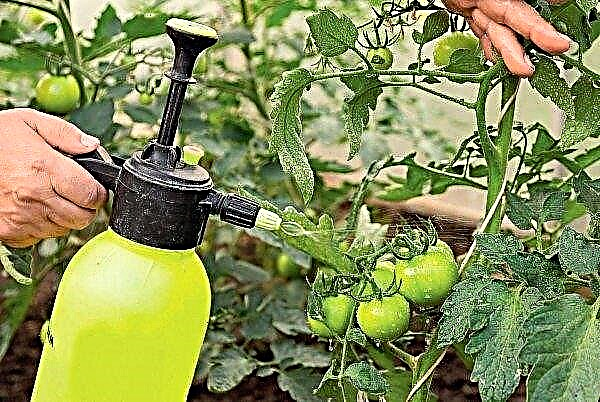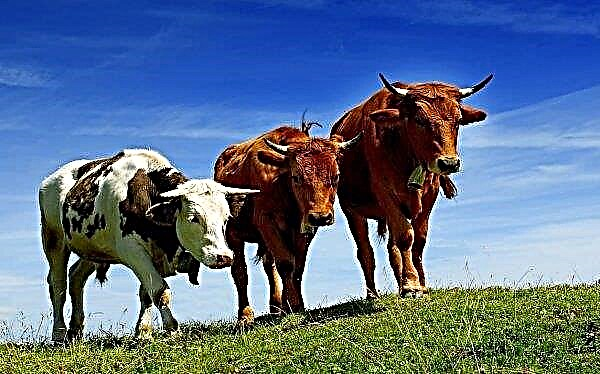For beginners, mushroom growing is recommended for the first experiment to grow oyster mushrooms. These mushrooms provide a profitable crop that can be harvested year-round, so such an activity is easy to turn into a private business. In this article you will learn about which rooms are suitable for the cultivation of oyster mushrooms, what is the technology for growing them, how to care for mushrooms, and how best to store them.
Oyster mushrooms
Edible mushrooms of the family Vyoshenkovye in the natural environment grow on stumps, dry or living trees. Fruit bodies appear from the beginning of autumn to cold weather in places of trunks that are affected by cracks and infect the plant with rot.
 Oyster mushrooms are large: their meaty hats can be more than 15 cm in diameter, they are conch-shaped or round in shape.
Oyster mushrooms are large: their meaty hats can be more than 15 cm in diameter, they are conch-shaped or round in shape.
At first, the hats are convex, then flatter, have wavy edges. In conditions of high humidity covered with a coating. The color of the hats changes over time: from dark gray and brown to almost white or with yellow.
The legs can not always be discerned: they are short, narrowed at the base, often curved. Smooth and brighter, these parts become more rigid with age. Rare and thin plates descend along the leg. The spore powder is pink or white. The pulp of young oyster mushrooms is juicy, the old ones are hard and fibrous. Mushrooms have an anise flavor and are not characterized by a noticeable smell.
Did you know? According to paleontological data, mushrooms appeared on Earth at least 460 million years ago - even before the time of the dinosaurs.
Suitable room
Knowing the natural features of the growth of oyster mushrooms, you can grow them in artificial conditions.
To do this, select a room and produce in it:
- whitewashing walls with lime;
- drying by ventilation;
- disinfection with a 1% chlorine solution (after whitewashing and ventilation, you need to close the room for a couple of days without ventilation);
- subsequent ventilation for two days.

Required room characteristics:
- constant temperature not less than + 20 ° С and up to +25 ... + 30 ° С;
- high humidity - from 70 to 90%;
- the presence of sound ventilation (air must circulate);
- lack of pests;
- preventing the appearance and reproduction of mold;
- purity;
- tightness;
- lack of natural light in the first stage (during germination);
- the presence of artificial lighting.
The main thing for choosing a room is the implementation and maintenance of all the conditions listed. The basement is convenient because it does not take up space, for example, in the middle of the courtyard, but other buildings - sheds, garages, are also suitable. The main thing is tightness, ventilation, necessary humidity, temperature conditions.
As the oyster mushroom moves from one growth stage to another, the conditions for them need to be slightly changed. That is, the best option is two rooms: the first - for the stage of maturation of the mycelium, the second - for the growth of fruiting bodies.

It is possible to experiment with oyster mushrooms even in ordinary apartments and private houses (if there are suitable rooms). If you choose a basement, you must heat it. Insulate the surface of the walls, floor and put a heater, which will be enough to turn on only once a day.
Important! Remember that for the basement important lack of flooding. Groundwater can damage the required room humidity.
Oyster mushroom growing technology
The cultivation of these mushrooms is carried out by two methods: intense and extensive.
The first, in which cultivation occurs under artificially created conditions, can be divided into several stages:
- The incubation period.
- Preparing for fruiting.
- The appearance and growth of fruiting bodies.
 So, incubation is a special period of mycelium germination and mycelium maturation. This happens within 10-20 days.
So, incubation is a special period of mycelium germination and mycelium maturation. This happens within 10-20 days.
Incubation conditions:
- about 80% humidity, maximum 95%;
- temperature +15 ... + 24 ° С, in no case higher than + 25 ° С;
- inside the bags - no more than + 30 ° C, otherwise the mycelium dies, but the temperature of the substrate is always a couple of degrees higher than the surrounding one;
- air ventilation (they can lower the temperature if it rises too much).
Stages of fruiting and the emergence of oyster mushroom fruit bodies pass when conditions change. You can use two rooms: one as an incubator, the other as the main one for growth, or change the temperature and humidity in one room.
The following measures are being taken:
- temperature decrease by + 10 ° С;
- humidity increase;
- lighting up to 8 hours (however, not all mushroom growers consider this condition necessary, since oyster mushrooms can be grown in the dark);
- the inclusion of a humidifier, as an easy way to maintain humidity, or the installation of an irrigation system (moisture should only get on the walls and floor);
- periodic airing.
An extensive way - the cultivation of oyster mushrooms in conditions that are similar to natural. Logs or stumps of poplar, linden, aspen, willow are used.

Step by step:
- Wet the stumps, make incisions (deep) on them, into which the mycelium should be introduced.
- Set the logs in a shady place with good ventilation. Sprinkle them with soil.
- Pour the seeding objects and cover with foil.
- Water stumps periodically in dry weather.
- Fruiting will begin in about 2 months and continue throughout the season, and the crop can be harvested up to 4 times.
- Logs bear fruit in subsequent years. Watering is the main condition.
What can be grown
With an extensive method of cultivation by lovers, stumps are used, but this approach does not give a high yield. A more desirable intensive method involves the use of bags with various types of substrate. Commonly used straw, twigs, husks of seeds.
They are filled with bags, which are most often polyethylene or polypropylene, but you can find and order on the Web environmentally friendly material - now not very popular, but harmless cellophane. The volume of the bag is from 20 to 60 liters.

Oyster mushrooms can also be grown in greenhouses, in polycarbonate greenhouses. The most important thing in such installations is the tightness of the material, the presence of a heating system and humidifiers to maintain the microclimate.
Substrate
The two most convenient and practical types of substrate:
- Straw. She is needed in powdered form, washed, pasteurized. Elimination of harmful microorganisms occurs when the substrate is kept in tanks with water heated to + 80 ° C for 1.5 hours. After pasteurization, the straw is dried in a clean place and cooled.
- Sawdust. Hardwood waste (oak, elm) is used. Undergo mandatory sterilization within 2.5 hours. It is best to steam them in a double boiler - they need to reach a temperature of about + 120 ° C and maintain its indicated time. By steaming the sawdust, they are cooled.
After cooling, any substrate is slightly moistened with a spray gun, and after that mycelium is added. It can be purchased at special stores, or when ordering online. You decide how much to buy, but for a start it’s better to buy a little - 1 kilogram, this will be your trial experience.
- Choose such a mushroom product:
- which is implemented by trusted sellers with good reviews;
- white with a splash of orange;
- having all the information about the period, variety and growth rate;
- which was stored at a temperature of + 20 ° C;
- odorless ammonia.
You can save the mycelium in the refrigerator for up to 3 months, but first it should be cooled slowly. Before vaccination and laying in the substrate, the product is gradually warmed and crushed.
Temperature, humidity and ventilation
First of all, the required temperature should not rise or fall sharply. During incubation, the regimen is one, after transferring the bags to the room for germination or with a neat and smooth change of conditions - a new one (these data are indicated in the section on growing technology).
Humidity is related to temperature. During mushroom growth, the frequency of light irrigation is very necessary. Oyster mushroom incubation does not need additional moisturizing, at this time you need to maintain constant performance. And already germinating fruiting bodies are irrigated, like the original substrate, with a spray gun.

It is possible and necessary to ventilate periodically, but carefully (so as not to change other conditions), and only growing mushrooms. Incubators should be located in rooms equipped with a ventilation system. Drafts should not be allowed.
To maintain the desired air condition, it is advisable to use an air conditioner. The presence of the required amount of carbon dioxide is useful for oyster mushrooms - that is why ventilation is initially dangerous, and then it must be neat.
Did you know? With sufficient lighting, mushrooms, like human skin, produce vitamin D - and therefore have dark hats.
How to plant
When planting in straw, they make the following calculation: one part of the mycelium in seven - the substrate. Freshly cooled straw is mixed with future mycelium and tightly packed in bags. They need to be perforated (covered with holes) - for example, in a checkerboard pattern; this provides limited substrate ventilation.
Mycelium sprouts through the slits and gives fruiting bodies. Growing oyster mushrooms will be located on the surface of the bags. You can also plant mycelium in bags with sawdust. After the appearance of mushrooms, they should be opened - this ventilation is useful for this type of substrate.
 1 - moisturizing and mixing the substrate; 2 - mixing pasteurized substrate with mycelium; 3 - drawing cuts on a bag filled with seeded substrate; 4 - placement of blocks for growing mushrooms on racks with vertical suspension.
1 - moisturizing and mixing the substrate; 2 - mixing pasteurized substrate with mycelium; 3 - drawing cuts on a bag filled with seeded substrate; 4 - placement of blocks for growing mushrooms on racks with vertical suspension.
For bags, they also use filling with layers - alternating straw (or another component) with mycelium. If there is a desire to plant oyster mushrooms on stumps or logs, then the wood should be harvested in the fall. Vaccination is carried out when suitable weather conditions begin.
It is necessary to make indentations about 2 cm (cut with a knife), then fill them with mycelium. A wax coating is used to prevent moisture evaporation. Watering the logs should be done carefully to avoid mold - the surface should dry between waterings.

Oyster mushroom care
Subject to the microclimate, mushroom growers achieve good yields, and mushrooms grow quite quickly and quickly.
But there are a number of problems when growing oyster mushrooms:
- Bacterial lesion. Reasons: poor ventilation, overheating, excessive moisture. It is necessary to reduce the humidity to 80% and spray 1-2 times on the bags with a 0.2% bleach solution (with chlorine) for laundry.
- Fungus. Basically, they are destroyed during pasteurization and sterilization. In addition, antifungal paint for walls helps to combat mold.
- Insects. Only bacteria can be used against them. Bacillus thuringiensis.
- Deformation in case of non-compliance with the growing conditions.
Important! The mushroom grower should work with gloves - disinfection is so important when working with mycelium and growing mycelium.
Basic requirements during cultivation:
- daily hydration;
- maintaining a useful carbon dioxide content, airing at the stage of growth of fruiting bodies;
- at the first stage - the absence of light;
- disinfection of the premises after harvesting;
- decrease in temperature with active growth.
Collection and storage
Proper harvesting is as follows:
- need to do not cut mushrooms, but twist together with the legs - this prevents the rotting of the mycelium;
- if you removed the whole crop from the bag at a time - sort out the substrate and re-fill the bag for subsequent germination;
- when you have already taken 4 crops, do not use the contents of the bag and dispose of it, or use it in the garden as a fertilizer.
Recommended Reading

Within a month of fruiting, you can remove mushrooms 7-9 times. It is necessary to postpone 14 days after a complete harvest and re-laying of blocks with a substrate.
Oyster mushrooms can be stored for their own use by culinary methods: drying, salting and pickling.
Glass jars or paper bags are suitable for saving dried mushrooms. For storage in refrigerators, mushrooms are laid out in boxes or large containers made of plastic. They must be airtight.
In refrigerators, humidity must be maintained - so oyster mushrooms last up to 3 weeks. In the freezer, the storage time reaches 5 months. Mushrooms boiled in salted water are stored for up to 7 months, but the secret is that they are cut smaller before boiling (ice crystals destroy the structure of products).
 Oyster mushrooms bear, on average, one month.
Oyster mushrooms bear, on average, one month.
Growing oyster mushrooms at home with your own hands is not difficult, subject to the rules that these mushrooms need for normal growth. Rows of bags with a substrate suspended from the ceiling or stumps and logs decorating your yard or garden, a block-type greenhouse are popular methods that you can choose to your taste.
Modern oyster mushroom cultivation brings an excellent harvest at minimal cost, which helps to open a private business for the mushroom grower, who is no longer a beginner. But they all start from scratch, even real pros.

